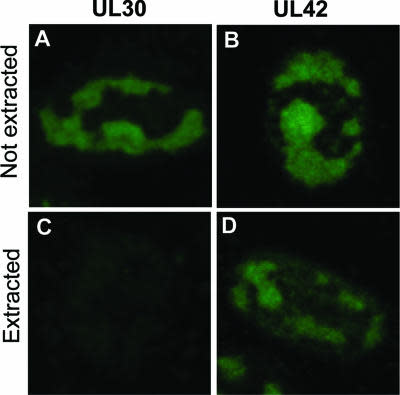
Cat. #158066
Anti-Sea Louse
Cat. #: 158066
Unit size: 100 ug
Availability: 10-12 weeks
Target: Sea Louse (Lepeophtheirus salmonis) antigen (calreticulin)
Class: Polyclonal
Application: ELISA
Reactivity: Sea Louse
Host: Rabbit
£300.00
This fee is applicable only for non-profit organisations. If you are a for-profit organisation or a researcher working on commercially-sponsored academic research, you will need to contact our licensing team for a commercial use license.
Contributor
Inventor: Abdo Alnabulsi
Institute: Vertebrate Antibodies Limited
Tool Details
*FOR RESEARCH USE ONLY
- Name: Anti-Sea Louse
- Class: Polyclonal
- Conjugation: Unconjugated
- Molecular weight: 41
- Reactivity: Sea Louse
- Host: Rabbit
- Application: ELISA
- Description: The salmon louse (Lepeophtheirus salmonis) is an ectoparasitic copepod with a complex life cycle. It feeds on the mucus, skin and blood of salmonid fish species, causes significant losses in salmon aquaculture. The parasite can persist on the surface of the fish without any effective control being exerted by the host immune system. Given the challenges with currently available methods, vaccination appears as an attractive, environmentally sound strategy. The challenge of developing vaccines against ectoparasites arises from the need to understand the complex molecular interactions between vertebrate hosts and ectoparasites, which require the discovery of key pathway molecules that mediate ectoparasite-host interactions. Calreticulin released by an intracellular parasite is capable of entering the cytoplasm, which is able to be processed via MHC class I. It could compete with host calreticulin for the binding of MHC molecules, and thus interfere with peptide loading and presentation. This is a valuable tool to monitor Calreticulin's role in parasite development as well as immune modulation of the host.
- Immunogen: Ovalbumin-conjugated synthetic peptide.
- Recommended controls: ELISA: peptide immunogen
Target Details
- Target: Sea Louse (Lepeophtheirus salmonis) antigen (calreticulin)
- Molecular weight: 41
- Target background: The salmon louse (Lepeophtheirus salmonis) is an ectoparasitic copepod with a complex life cycle. It feeds on the mucus, skin and blood of salmonid fish species, causes significant losses in salmon aquaculture. The parasite can persist on the surface of the fish without any effective control being exerted by the host immune system. Given the challenges with currently available methods, vaccination appears as an attractive, environmentally sound strategy. The challenge of developing vaccines against ectoparasites arises from the need to understand the complex molecular interactions between vertebrate hosts and ectoparasites, which require the discovery of key pathway molecules that mediate ectoparasite-host interactions. Calreticulin released by an intracellular parasite is capable of entering the cytoplasm, which is able to be processed via MHC class I. It could compete with host calreticulin for the binding of MHC molecules, and thus interfere with peptide loading and presentation. This is a valuable tool to monitor Calreticulin's role in parasite development as well as immune modulation of the host.
Applications
- Application: ELISA
Handling
- Format: Liquid
- Unit size: 100 ug
- Storage buffer: Unpurified anti-serum from rabbit preserved in 0.02% Thiomersal
- Shipping conditions: Shipping at 4° C




